Painted Polymer Clay Watercolor Tutorial
Create a beautiful, watery veneer with this painted version of the wonderfully versatile polymer clay watercolor technique. With so many variations of this idea, the possibilities are limited only by your own imagination.
This technique was originally developed by Maggie Maggio using only the contrast between the clay sheets to create the effect. It has since been adapted by various artists to include Skinner Blends, paints, metal leaf, alcohol inks, pastels and more. So mess around with it and have fun. See what you can come up with. You may be surprised.
You will need the following supplies:
- Black and white polymer clay (I’m using Premo)
- Translucent polymer clay (I’m using Premo)
- Paint (I’m using DecoArt Dazzling Metallic Ice blue, Teal, Peacock Pearl, Crystal Green and White Pearl)
- A paint brush
- A tissue blade
- A pasta machine
- An acrylic roller
How to Do the Painted Polymer Clay Watercolor Technique Step by Step
- To start with you’ll need a sheet of black and white polymer clay, conditioned and rolled out on the thickest setting of your pasta machine.
- Stack the two colors and run through the thickest setting again. Take this down to your third thinnest setting.
- Lay your clay sheet on your work surface with the white side facing up. That’s the side you want to paint on.
- Choose the colors of paint you want. I’m going with a metallic blue and green color scheme.
- Start with the first color and paint small streaks across the clay. Do the same for all the other colors. Allow space between the colors. You don’t want any one color to cover the entire sheet.
- Allow the paint to dry completely.
-
Roll out a sheet of translucent clay on the thinnest setting of your pasta machine.
If you are having trouble with getting a smooth sheet at this setting, watch my tutorial: Preventing Pasta Machine Ripples for some tips.
- Lay your translucent polymer clay over your painted sheet. Smooth it down and make sure there aren’t any air bubbles. Roll over it with your acrylic roller. Trim up the edges.
- Roll the sheet through your pasta machine on the third thinnest setting again.
- Trim away the ragged edges and store these with your leftovers for another time.
- Now for the fun bit. Tear the sheet into small ripped pieces.
- Overlap them in any way you want like scales.
- Roll the sheet flat, rolling in all directions with your roller to prevent distortion of the pattern, but make sure you go against the grain of the scales.
- Once flat you’ll have a super cool pattern.
- Roll the sheet progressively through your pasta machine settings until you reach your third thinnest setting.
Suggested links
- How to Prevent Pasta Machine Ripples
- How to Make a Mica Shift
- Translucent Silver Leaf Mokume Gane
- Silver Leaf and Watercolor Pendant Project Tutorial
- More Watercolor Techniques
If I have missed something, or you still have questions, please leave a comment below.
You can like my Facebook page or join the Jessama Tutorials Polymer Clay Community on Facebook to stay up to date with more polymer clay tutorials like this one as they are released.
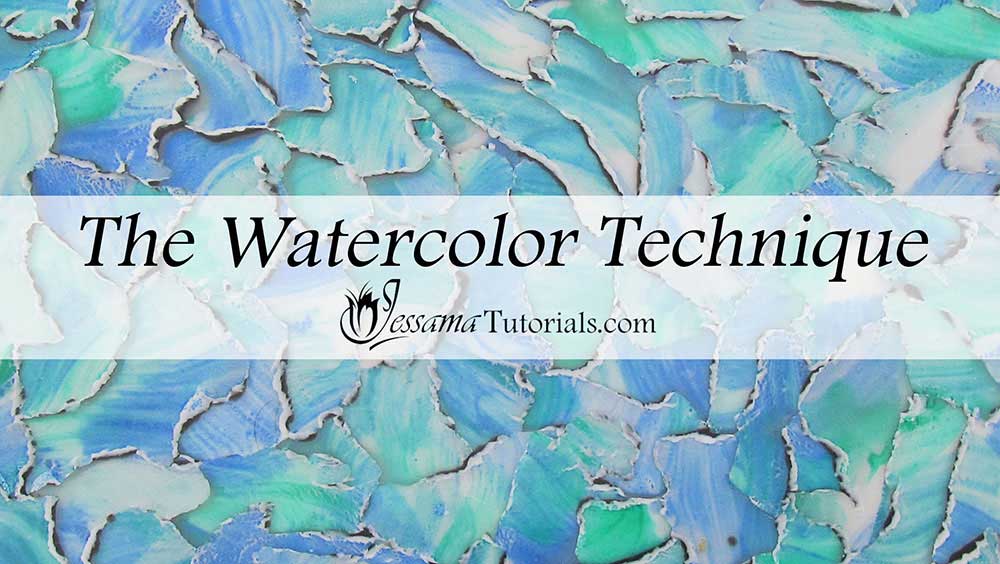
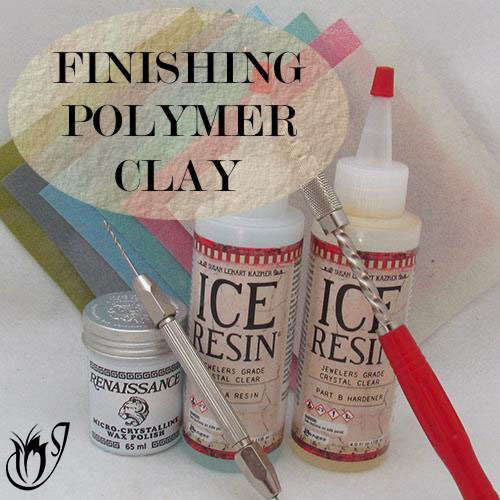
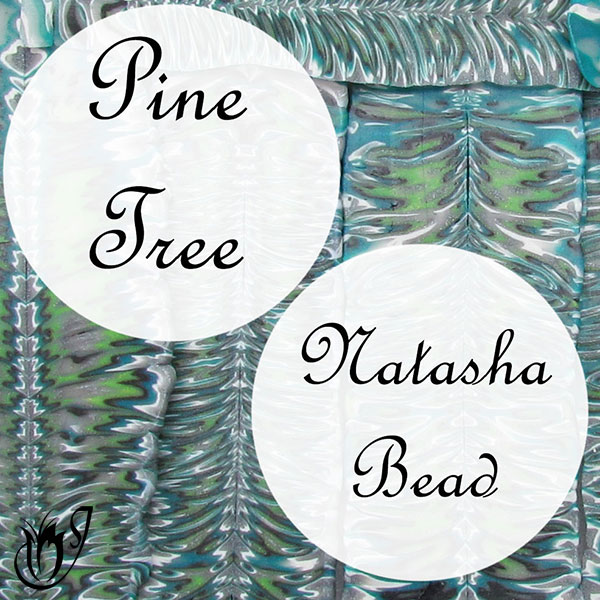
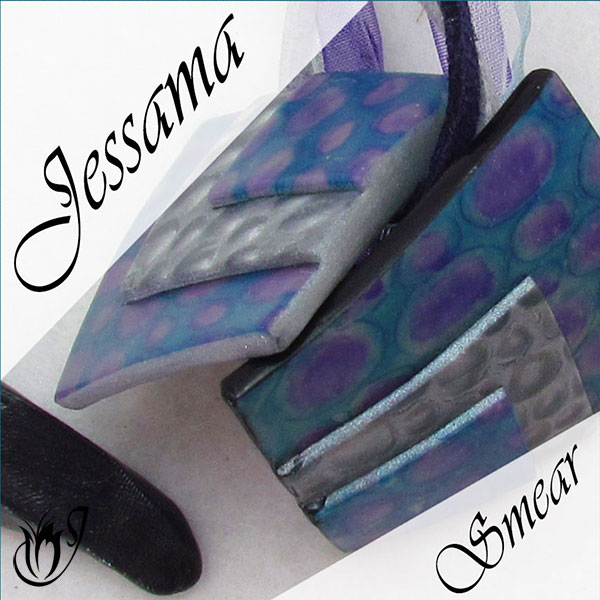
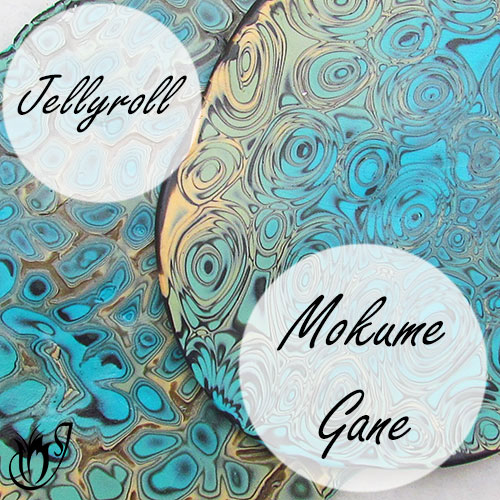



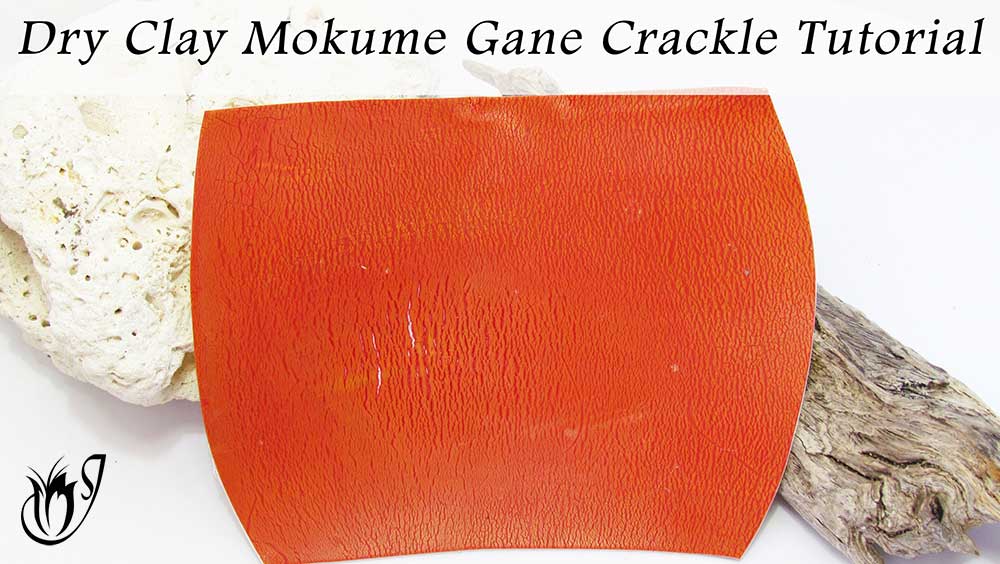







Please leave your comments below: